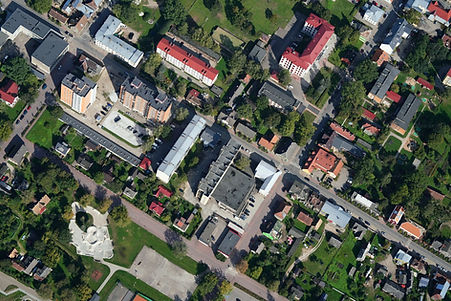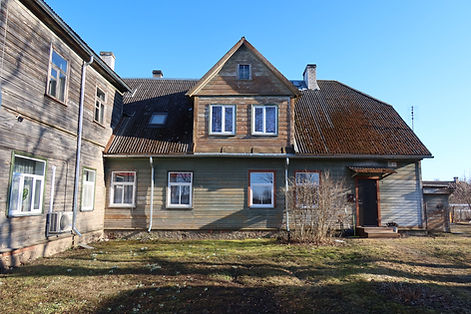Einari Kisel, Targo Kalamees, Ergo Pikas, Innar Liiv, Endrik Arumägi
The biggest challenge of the European Union’s Green Deal, which is largely not yet even discussed, is to renovate all the buildings that are still standing by 2050. A few years ago, a study by the TalTech Department of Civil Engineering and Architecture pointed out that, in Estonia, this would mean renovating nearly 60% of today’s buildings (the rest are either at a good level of energy efficiency or will be demolished by 2050) and it would cost nearly 25 billion euros. While currently nearly 1% of buildings are renovated annually in Estonia, the volume of renovation should be at least fivefold in the peak year to achieve this goal.
Today, the responsibility for renovating buildings primarily rests on the building owners. At the same time, the vast majority of them lack financial resources, knowledge, and the will to undertake renovations, although the return on such investments at current energy prices can be 3–5 years, not to mention the increase in real estate value. Although the state has been supporting the renovation of apartment buildings and detached houses for many years through Kredex, the majority of buildings (especially in rural areas and shrinking cities) are still not renovated. In most cases, emergency repairs are done, but only a few dare to renovate the building completely. In many cases, the owners of the buildings do not provide the local government with information about the construction and repair works that are being carried out.
The ‘Renovation Wave’ strategy of the European Union envisions that, in these situations, local governments should become the leaders of the entire renovation process. Currently, local governments only have the approving role, giving approval to building and use permits. However, if local governments develop an understanding of how to comprehensively and rationally renovate buildings and even city districts to be energy-efficient and climate-neutral, they would also be able to offer support to building owners in making decisions and arranging financing.
However, in order for local governments to be able to provide such a service, they must have a clear overview of the most expedient way to renovate specific buildings and city blocks. When moving towards climate neutrality, the potential of different buildings in contributing to it should be analysed. There are situations where it is not possible to achieve an energy efficiency class of A or B, for example due to heritage conservation restrictions. However, if a building next to it or in the same area is renovated into an energy-plus building, ie where more energy is produced with solar panels, for example, than is consumed, it is possible to achieve climate neutrality objectives by district.
In order for local governments to be able to share such information with building owners, comprehensive renovation strategies for city districts should be drawn up. Such a strategy would provide information on the energy efficiency and climate neutrality potential of a given area, the size of investments needed for each building, and what renovation measures should be used.





